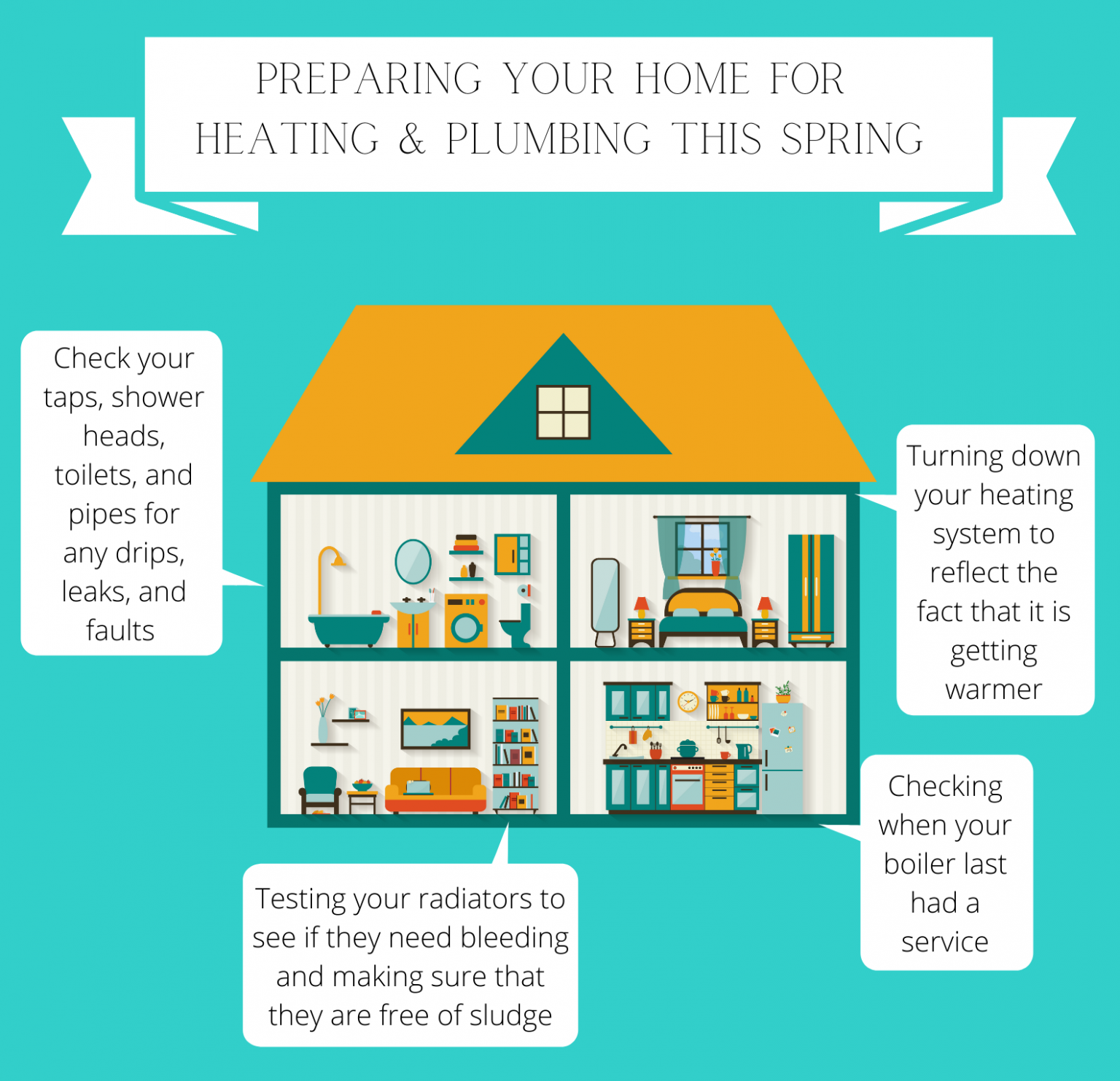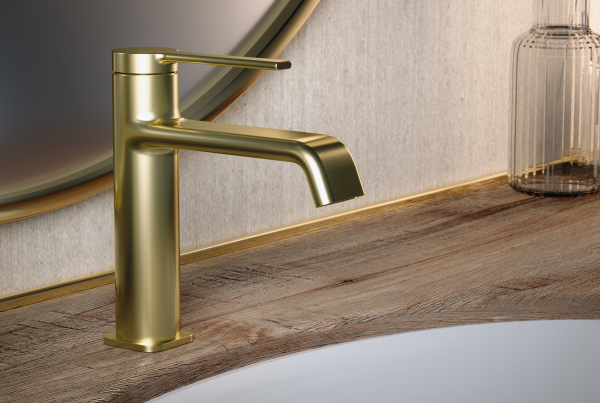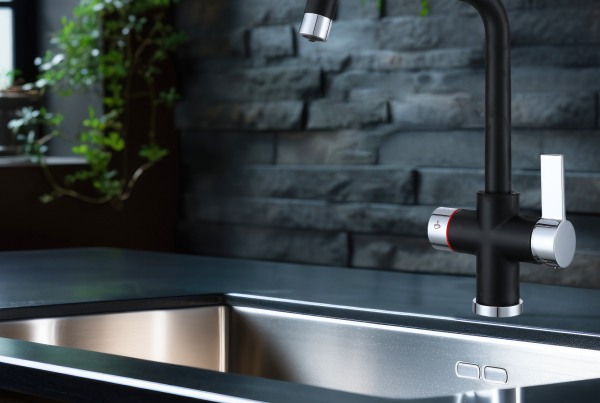As spring approaches and the days get longer, homeowners should be thinking about how to get the most out of their heating and plumbing over the next few months. Indeed, with rising energy costs set to impact everyone across the UK, deploying a few essential tips to save money could make all the difference to household gas and electricity bills. So, how should you prepare your home for the new season?
Check your current heating systems
Your heating system has worked hard over the winter months, and, as the days and nights get a little warmer, it’s worth giving it the once-over to make sure it hasn’t struggled or suffered because of the demand. This includes things like:
Checking when your boiler last had a service
If it’s due (you should do this annually), book an appointment for a system check-up. Make sure a Gas Safety registered engineer does this service to keep your family safe.
Testing your radiators to see if they need bleeding and making sure that they are free of sludge
If your radiators have cold spots at the bottom, or if one or two of them take ages to heat up compared with the rest, your system could need cleaning. Radiators need to be switched off to be bled, so warmer months when you don’t need them to be on all the time is a great time to do this.
Checking your taps, showerheads, toilets, and pipes for any drips, leaks, and faults
It is not unusual for things to break down over the winter months (for example, pipes can burst in cold temperatures and excessive demand can strain heating systems). Determine whether your plumbing and heating system is working as expected, and if not, get it fixed before it becomes a bigger problem.
Turning down your heating system to reflect the fact that it is getting warmer
When it comes to saving energy, it’s a good idea to have as many controls as possible. According to the Energy Saving Trust, turning down your boiler thermostat by just 1ºC can save you £60 – £80 on your annual heating bills.
In addition, while your Thermostatic Radiator Valves (TRVs) should automatically shut off at a set temperature, it’s worth checking that they are all set to the desired position. You could also introduce zone control measures, with rooms that are frequently used set to a higher temperature and unused rooms kept to a minimum heat (or even switched off).
Considering how to boost your current heating system
According to the Energy Saving Trust, putting reflective panels behind radiators on external walls could help cut energy use by reflecting heat from the radiator back into the room. If you find your home too cold during springtime, it’s worth trying this to see if it makes a difference.
Other things to try include getting rid of any radiator covers, removing any blockages, and installing some draft excluders around cold doors.
Look at any potential upgrades
Spring is a great time to test and improve your heating and plumbing because installers tend to be more available (there is less urgency when it isn’t as cold outside!). Because they are not as in demand as during the colder months, you might find that it is not as expensive. So, as well as testing your current system, spring is a great time to make improvements to your home.
This could be by installing new TRVS, smart meters, etc, or investing in some new eco-efficient taps and showers. Whatever improvements you decide to make, spring is the perfect time to give your bathroom a refresh and say goodbye to winter with a stylish, fresh new look!









